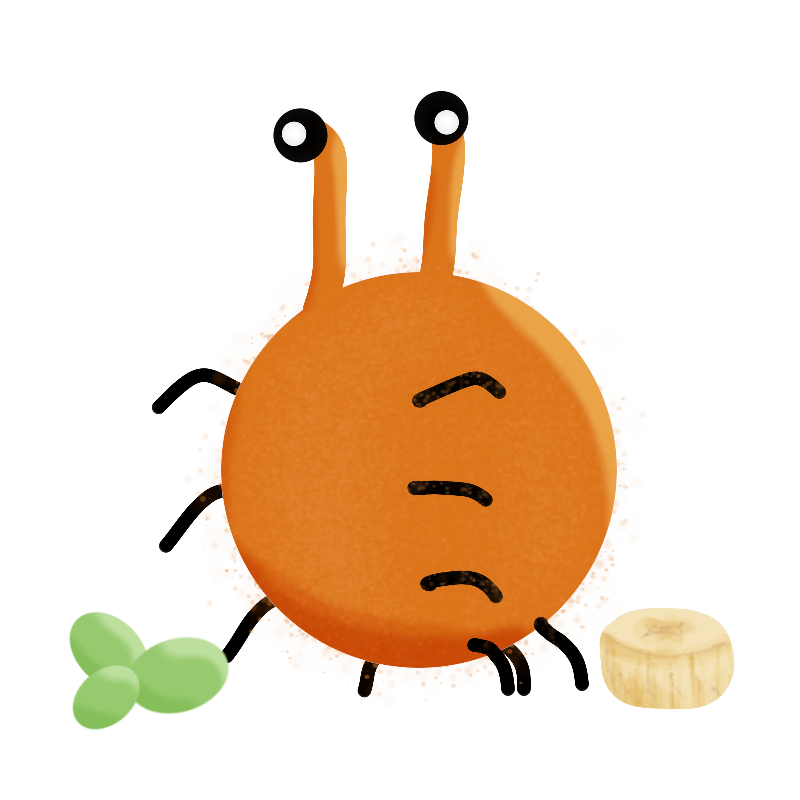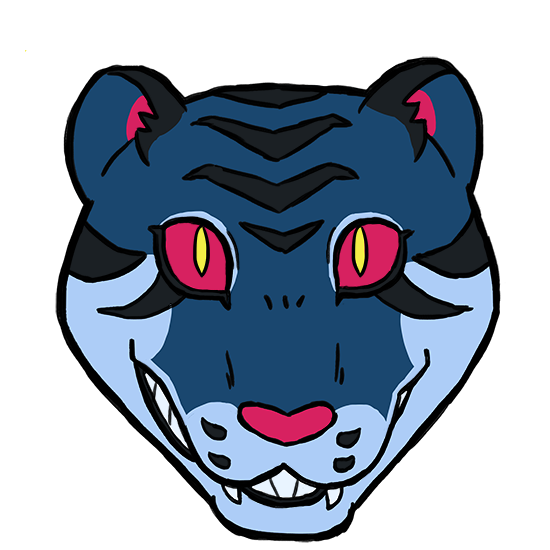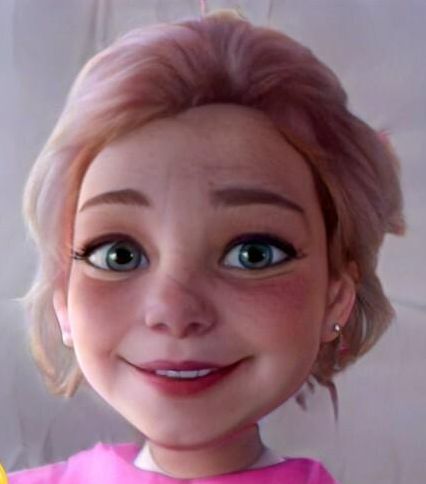Here at the Royal Atheneum of Hövnís, Eörpe, lifeforms are categorized primarily through phenetic taxonomy, which means that lifeforms are grouped by overall similarity – usually in morphology or other observable traits. The most common differentiations made are base composition, morphologic silhouette, prevalent observable traits, pedalism, sentience, and sapience.
Definition of Lifeform
Within the context of this documentation, a lifeform is defined as an entity that fulfills two or more of the following criteria: a) isn’t non-sapient b) isn’t non-sentient c) features a biochemistry d) doesn’t rely on explicit external input to function and operate.
Scientific Nomenclature
Scientific naming of lifeforms follows the same conventions as those of other objects categorized with taximetrics within other scientific fields. This commonly include a subjective descriptor in Latirönen accompanied with an affix that declares its rank within a taxonomic hierarchy.
The taxonomic name can consist of 8-21 parts ordered in a downward hierarchy ranging from the broadest distinguishing features down to the narrower and more specific distinguishing features. While our research database lists the full taxonomic hierarchy, our public archive will typically only list a lifeforms binomenclature, or binomen for short, which consists of its genus and species names.
Latirönen is a constructed language with origins dating back to the original human settlers, with many of its root words collected from recovered archeological data. It’s carefully curated by Dr. Eirin Kaldast.— Notation by Dr. Tybulus Svilen
The Taxonomic Hierarchy
The taxonomic hierarchy features seven base levels, with up to two sublevels each (prefixed Sub- and Infra-).
The levels
domain,
sphere,
division, and
class feature a limited set of categories with fixed names for classifying lifeforms. Any additions to these need to have substantial scientific basis, and the process to have them formally accepted for use is usually long and thorough.
The levels
order,
family,
genus, and
species are more adaptable and diverse, based on narrowing the range of similarity down to near identical. The creation of a new group within each level usually only requires a well-formulated reasoning to be accepted. The inventor of the new grouping is responsible for naming it in Latirönen, and there’s a prevalence toward descriptive one. The only requirement is appending the correct suffix at the end.
Domain
Lifeforms were originally categorized into one of two domains based on whether they are of synthetic/artificial origin or not. As more species of unexplainable origin, composition and/or biochemistry were discovered, it was decided that this hierarchic level would be expanded with an additional domain to cover these.
Bionid
Includes all lifeforms that have developed as a result of natural evolution.
Synthid
Includes all lifeforms that are of synthetic origin.
Extrinsid
Includes all lifeforms of exotic and/or unknown composition and/or biochemistry.
Subdomain
Each domain can be divided into up to five subdomains that categorizes a lifeform’s verseness, or more simply explained, their origin. To date, the subdomains are Digitalia, Extradimensia, Extragalaxia, Intragalaxia and Virtualia.
Digitalia
Includes all lifeforms found within an enclosed digital, non-virtual system or network
Extradimensia
Includes all lifeforms found within an extradimensional space that is not the Realverse or a virtual space.
Extragalaxia
Includes all lifeforms found outside of the galaxy Rosepetal, either in the void or in other galaxies
Intragalaxia
Includes all lifeforms found within the galaxy Rosepetal.
Virtualia
Includes all lifeforms found within an enclosed virtual space.
Infradomain
Each domain is further divided based on a lifeform’s sapience and sentience. Sapience is loosely defined as the capacity to think and comprehend the world in an elaborated way, while sentience is defined as the capacity to experience subjective sensations and/or emotions.
Solsentiens
A lifeform that exhibits sentience but not sapience.
Semisapiens
A lifeform that exhibits semi-sapience alongside sentience.
Sapiens
A lifeform that exhibits sapience alongside sentience.
Suprasapiens
A lifeform that exhibits trans-sapience alongside sentience.




AAAAAAAAAAAAAAAAAAAAAAAAAAA I LOVE TAXONOMY! This is amazing!!
Glad you liked it! Felt great to collect all my old notes and ideas and compile them together. It turned out better than I expected. :) I'm planning on finishing and posting up the subarticles as well sometime this week or the next.